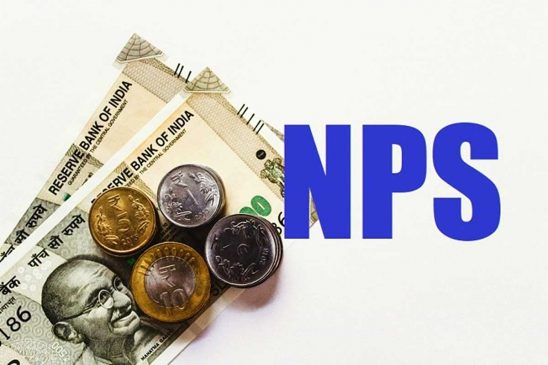After 10 years, your total amount in the NPS would be 24% higher than the other instrument.
Retirement planning is crucial for predicting our future, determining if we will have financial security or face struggles. With longer lifespans due to medical advances, it has become a critical aspect of life. Investing in the National Pension System (NPS) is a smart move.
Also Read– 14th Installment Of PM-Kisan Samman Nidhi Yojana To Be Released Soon
Individuals can contribute a minimum of Rs 1,000 per financial year under this scheme with no upper limit on investment. The NPS has a low fund management expense of only 0.09%, making it a cost-effective option for long-term retirement savings.
Also Read– Indian Railways to run special trains to meet summer rush; Full list here
To put that into perspective, to compare the NPS’s maximum fund management charge of 0.09% to other savings instrument that charges 2% (lower than the standard rate) with an assumed annual return of 8% for both the NPS and the other instrument, the NPS would still result in more savings.
Also Read–BoB Q4 loans rise 19%, deposits grow 15%
Wondering how much?
After 10 years, your total amount in the NPS would be 24% higher than the other instrument. And if you stayed invested for 20 years, the difference would be 50% and for 30 years, you would end up with 82% more than the other instrument.
The Pension Fund Regulatory and Development Authority (PFRDA) has permitted pension fund managers to invest in top 200 stocks, including high-quality mid-cap companies in the Equity scheme. Equities are the only asset class with the potential to deliver returns that beat inflation.
Flexibility is key
Investors have the option to select and switch the fund manager and investment strategy (active or auto). In the active approach, investors can determine their asset allocation among four classes: Equity (E), Corporate debt (C), Government bonds (G), and Alternative investment funds (A). The auto approach offers three investment strategies to choose from that come with preset asset allocations based on your age and investment goals. Investors can select the aggressive, moderate or conservative life cycle fund.
Taxation rules
The contributions to the NPS is exempted under Sec 80 CCD (1). Under Section 80 CCD (1) of the Income Tax Act, investors can claim a deduction of up to 10% of basic salary plus dearness allowance for contributing to the NPS. This deduction is over and above the limit of Rs 1.5 lakh available under section 80C. So, basically, investors get a double benefit — save tax and also build a retirement corpus.
Also Read–HDFC Cuts MCLR On Selected Tenures; EMIs To Go Down – Check Revised Loan Rates
Investors can also enjoy an additional deduction of up to Rs 50,000 for investments made in Tier I account under subsection 80CCD (1B). So, they get more tax benefits besides Rs 1.5 lakh deduction under Section 80C.
Read More:-Petrol and diesel prices today: Check fuel rates in your city on April 12
A subscriber can withdraw up to 25% of the total contribution for specific circumstances like medical emergencies, funding a child’s education or buying a home. On maturity, a subscriber can withdraw up to 60% of the accumulated corpus and the balance 40% has to be used to purchase an annuity to receive lifelong guaranteed income.
Read More:-Tim Cook may visit India to open first Apple stores in Mumbai, Delhi
In case of death of the subscriber, the entire NPS corpus will be paid out to the nominee. An investor can choose up to three nominees and can even specify the percentage of the corpus that he wants to allocate to each nominee. So, what are you waiting for? Plan your retirement with the NPS and secure your future with these exciting features.





































